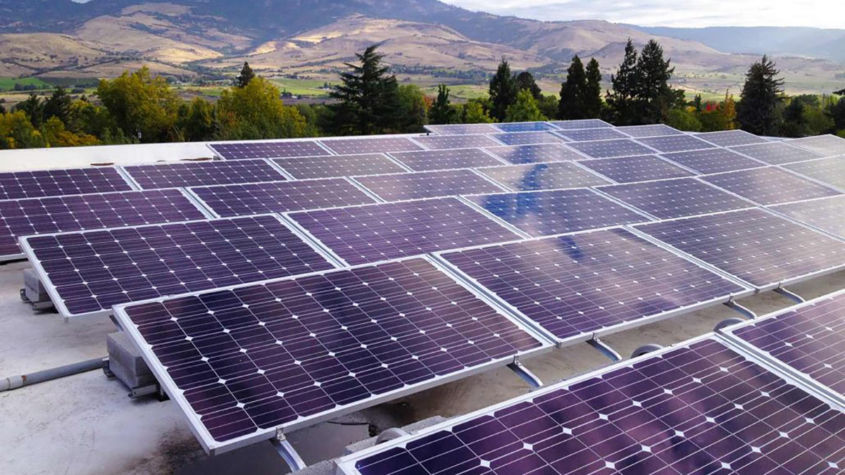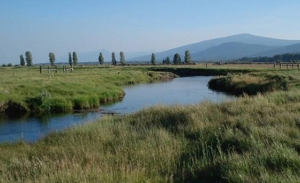Outlook is sunny for solar at SOU
NEWS RELEASE
(Ashland, Ore.) — Southern Oregon University’s solar power prospects will become considerably brighter this fall, with the installations of three new photovoltaic arrays and a 57 percent increase in generating capacity.
“It’s a unique and thrilling opportunity to have three solar arrays being installed this year, furthering SOU’s commitment to implementing sustainable solutions,” said Roxane Beigel-Coryell, SOU’s sustainability and recycling coordinator. “Increasing the university’s solar energy resources is a crucial step to reduce greenhouse gas emissions and support Ashland’s renewable energy generation goals.”
Expanding solar energy production on campus is one of the many strategies SOU is pursuing to reduce its environmental impacts and build a better university for the future. The university is committed to reducing greenhouse gas emissions and achieving carbon neutrality by 2050.
After this fall’s solar projects are completed, SOU will have eight arrays on seven buildings with total capacity of 391.45 kilowatts. The anticipated solar energy generation will increase 57 percent to 535,665 kilowatt hours per year, from the current 340,700 kilowatt hours.
The first new solar installation is scheduled to take place on Thursday, when 68 photovoltaic panels are placed on the new Student Recreation Center’s storage building. The array, funded by the SRC and the university’s Outdoor Adventure Leadership Program, will have a 23.8 kilowatt capacity. Its output will be fed back into the electrical grid and credited to SOU’s accounts, reducing the university’s utility bills.
Next up will be a 180-panel installation on the Student Recreation Center, which is expected to start Oct. 1 and wrap up in November. That array, with a 63 kilowatt capacity, is funded by the combined SRC and Lithia Motors Pavilion construction project. The power it produces will be fed directly into the SRC, reducing the building’s utility bills.
The third project will be at the university’s Hannon Library, where 159 panels with a generating capacity of 55.65 kilowatts will be installed in the late fall and early winter. That array will be funded by the Associated Students of Southern Oregon University’s Green Fund, and the student government organization will be paid by the university for the electrical power that will be fed directly into the library.
“The solar (array) being installed on the library is especially exciting because it’s made possible through a unique funding model proposed by SOU students,” Beigel-Coryell said. “This project, funded by SOU students, will provide the university with more renewable energy generation while providing the student Green Fund with revenue each year to fund more sustainable projects on campus.
“We haven’t seen this particular funding structure used on any campuses yet and we hope to serve as a model for other schools to leverage available resources to implement renewable energy projects and provide revenue for sustainable solutions.”
SOU’s first solar installation was a 24-panel, 6 kilowatt array that was placed on Hannon Library in 2000 and it still generating electricity at 70 to 80 percent efficiency. The university also has arrays on the Higher Education Center in Medford (56 kilowatts), the Stevenson Union (31.59 kilowatts), and the McLoughlin (73.7 kilowatts) and Shasta (82.5 kilowatts) residence halls.
-SOU-



